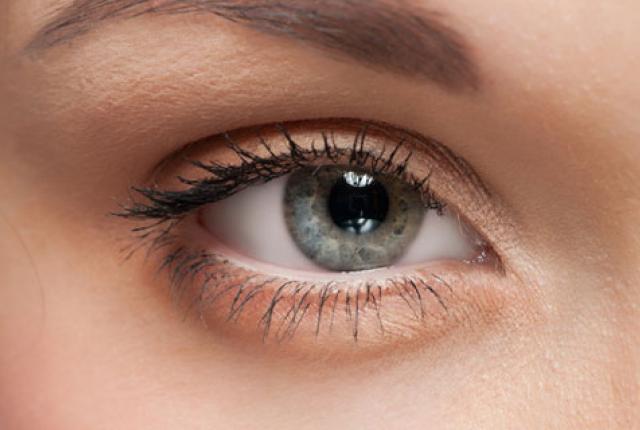Seeing squiggly lines in peripheral vision? Eye Floaters and Flashes Explained
Have you ever been admiring the sky on a beautiful day and noticed weird, squiggly shapes floating around in your vision? They’re called “floaters”, for the obvious reason that they “float” around in your field of vision; though, if you’re interested in the technical term, you can call them muscae volitantes. A floater can look like blotches, or like tiny little amoebas, and they seem to constantly drift just out of focus. If you’ve ever tried to pin it down and see it straight-on, you know how quickly they can vanish.

Squiggly lines in peripheral vision Explained
They’re not hallucinations, and they’re not little worms, either. According to the best ophthalmologist in Rochester, NY, they’re actually a part of your eye fluid that has detached and is floating around in your eye. The fluid is called the vitreous humor, and it’s a vital part of how your eyes work. If you want spectacles for eye sight, shop online from here!
The vitreous humor is the fluid that lives between your retina and lens. It helps your eyeball stay round and is made mostly of water, but also includes collagen and hyaluronic acid. You start out life as a tot with thick, viscous vitreous humor – as you get older, the fluid begins to break down, and the hyaluronic acid loses its bond to the water molecules. When this happens, water molecules are released and your vitreous humor gets watery. Meanwhile, little, gel-like bits of the vitreous humor start to detach and float aimlessly throughout your eye. You can learn from Quigley Eye Specialists that it’s these little bits and pieces you see when you look up into a light – what you’re actually seeing is their shadows on your retina.
Floaters are hard to pin down because they move in whatever direction your eye is moving. Try looking to the right, and the floaters will follow out of sight. Try looking to the left, the same thing happens. Contrary to their name, many floaters don’t actually float at all and simply settle at the bottom of your eye. These are the easiest to see, and you can observe them easily just by looking up at the sky while lying on your back. The floaters will follow gravity and settle down at the back center of the eye, giving you a pretty good view.
If you’re worried about having floaters, have no fear. There’s nothing dangerous about them, and almost everyone experiences them as they grow older. If you find that you’re experiencing a whole lot of floaters, as well as some other eye irregularities like peripheral vision loss, you may want to have it checked out by your optometrist. An excessive amount of floaters may indicate that your vitreous humor is becoming detached from the retina, or that you are experiencing a retinal tear. If your floaters are causing difficulty in your vision, head to the doctors. Otherwise, sit back and enjoy the show.
